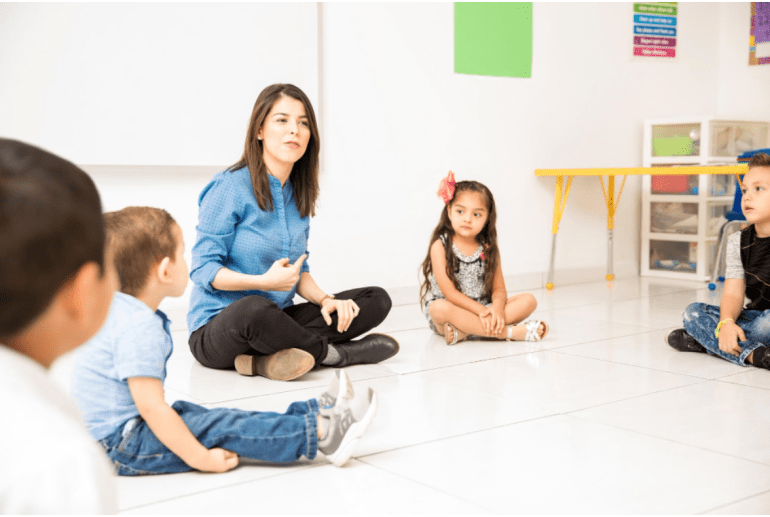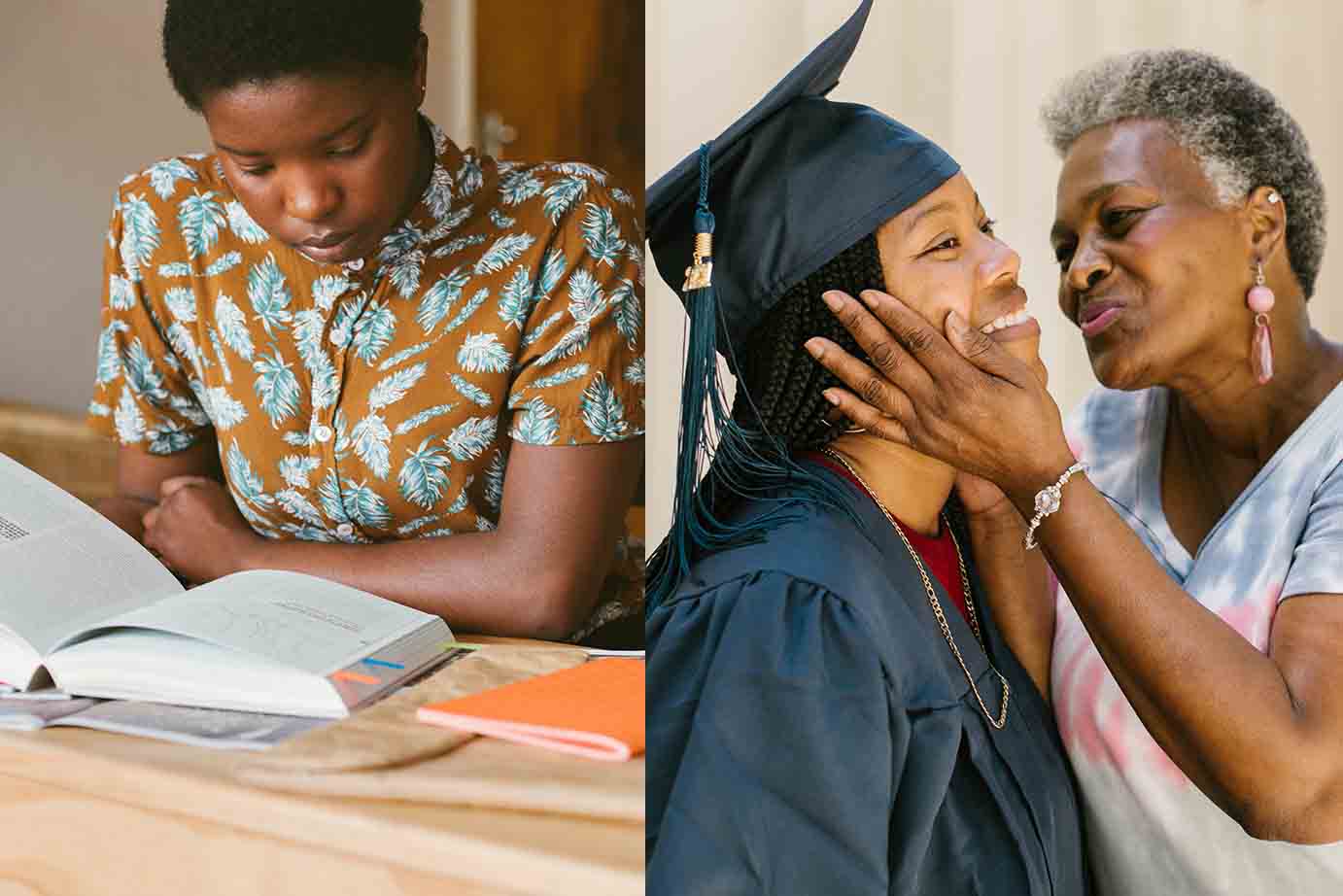[ad_1]
Students helping each other in the classroom can be beneficial for their growth, the learning environment, and the whole school community. Educators need to come up with strategies to help them develop into kind and caring individuals.

Teach them from an early age
It’s never too soon to learn the value of helping others. It’s important to model this even when the understanding of the concept isn’t there yet. It may start with encouragement from parents for toddlers to share their toys. It continues with educators who make being caring and giving an integral part of education.
Incorporate the concept of giving back into the curriculum
Putting personal success over caring for others can lead to problematic behavior. Educators should make caring for others a priority in the classroom and school community. They should incorporate the concept of giving back and helping others into all aspects of education.
Role-playing is a valuable way to demonstrate the value of care and kindness. Letting students give “shout outs” to each other for kind behavior can reinforce it. They should encourage them to think about why certain words or actions could be harmful. It’s helpful if they can enlist students to set up certain guidelines for language and behavior in the classroom and hold each other accountable.
Read examples of essays about helping others
One way for students to get inspiration is to read examples of essays about helping others. Samplius is an online essay service with examples of essay topics that can help. A student can easily search and find essays with titles about helping others and many others. These examples can help to inform them about the topic and show them how to write their own essays. They can learn about essay formatting, find useful subtitles, and much more.
Encourage community service
Children and teens may find it easy to help their family and friends, but it is harder for them to be kind and caring to those outside their immediate circle. Educators should give them the opportunity to reflect on what it means to be a caring member of a community. They may come up on their own with ideas about a helping others activity.
This may include helping senior citizens to shop, volunteering at pet shelters, or cleaning up parks. Community service hours can have an impact on their future college admissions applications.
Offer resources to students who want to help other students
The Random Acts of Kindness Foundation encourages students to use kindness and service to make their schools better. It offers lesson plans, lists of helping others activities, and videos of student participation in acts of kindness.
A student may ask, “How can I help others participate in learning?” There are various lists available for online educators with ideas on how they can do this. Educators can encourage group work where students assist each other in learning. Students can offer to tutor others and donate books.
An example of students helping each other is in the establishment of a “care closet.” They can support their peers by stocking the closet with various necessities such as clothes, school supplies, non-perishable food etc.
Help overcome barriers to caring for others
Students who feel envy, shame, anger or other negative emotions find it difficult to care for others. They may have stereotypes or biases that block them. Educators can help them to learn how to manage their negative emotions. For example, they could help them to become aware of their biases by giving them the right material to read. They could get older students to act as mentors to younger ones and facilitate classroom discussions about the importance of care and kindness.
Educators could set up a committee to identify areas of concern within a school. For example, the committee may identify that certain students are being bullied in the school cafeteria. They could then come up with an action plan to try and solve the problem.
Analyze data to see what strategies work
Schools need to gather data so they can identify which strategies have a positive impact. Engaging staff and students to review the data could lead to an improvement in strategies. Engaging parents could also help to determine which strategies work best to reinforce a culture of caring.
Conclusion
There is no downside to encouraging students to become kind and caring. When educators spend time teaching them about giving back and finding ways for them to help, they can develop into thoughtful, caring adults.
Author’s Bio
John Marlow tries his best to understand his client’s requirements and does not mind spending more time than needed to get into the details. This helps him write fast and accurately and research well so that the product is highly satisfying for the client. His approach and dedication have put him on top of the ranking charts for writers and editors in the education field.
SOURCE: www.voiceofgh.com







